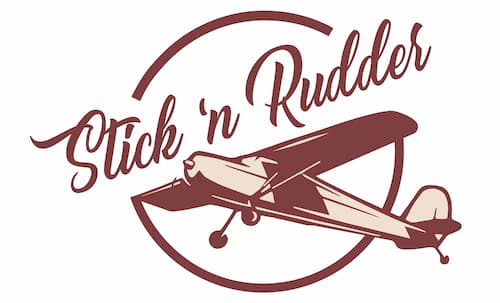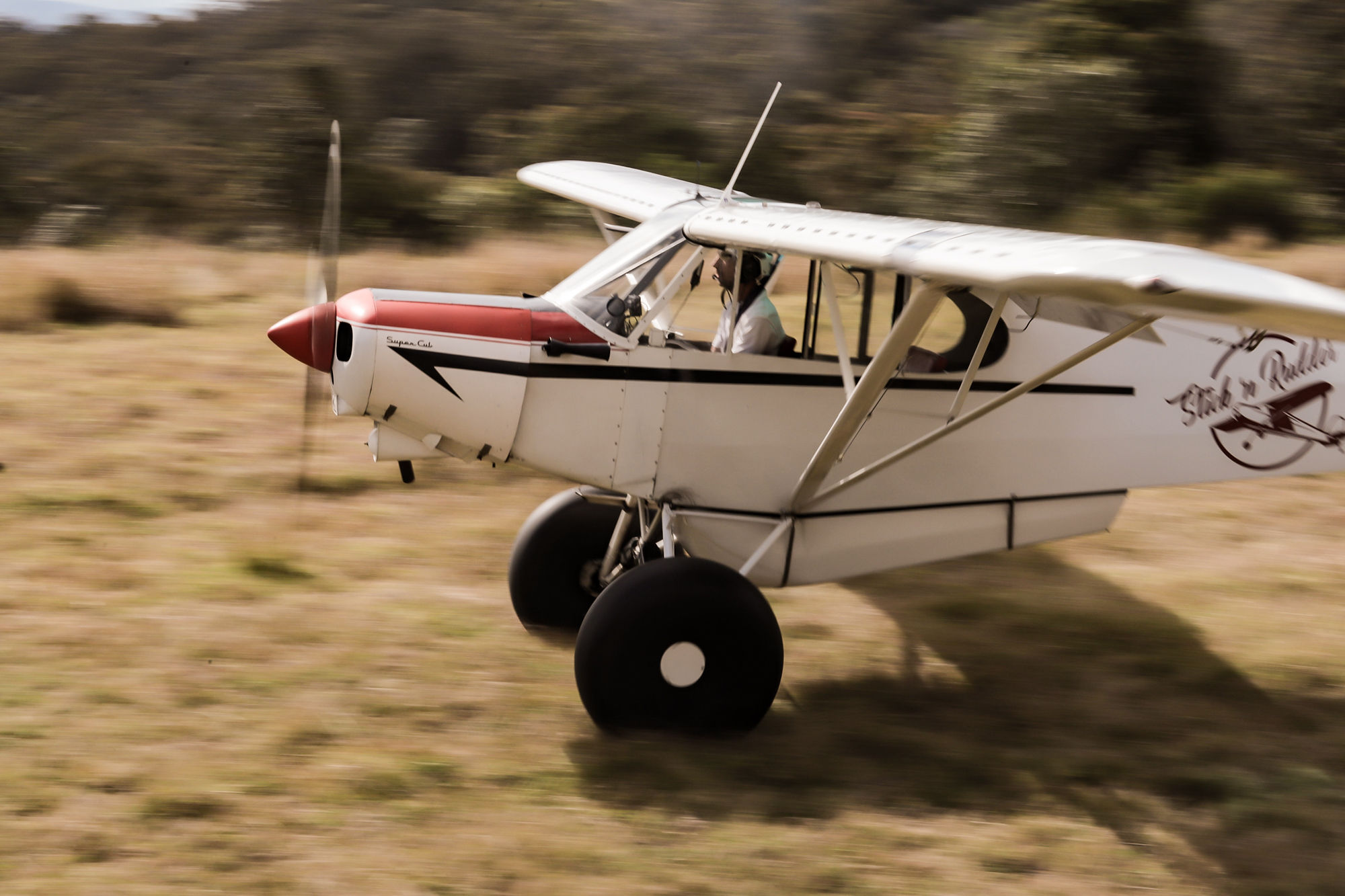FROM WHERE IT ALL BEGAN...
Stick ‘n Rudder was founded on a love of aviation, specifically, grassroots tailwheel flying. These were the good old days when pilots flew by the seat of their pants, judged the speed of their machine by the noise of the wind whistling in the control wires and the health of it, purely by the way it felt. Aviators of this time were pioneers. They flew over the next hill and through the next valley, to find untouched parts of wilderness where others had not been before. They shared their love of aviation and exploration, taking friends and family on unforgettable adventures.
Stick ‘n Rudder aims to continue this legacy by providing world-class tailwheel flight training both in the aeroplane and online. Additionally, we will continue to play host to and promote bush-flying adventures with like-minded individuals.
Stick ‘n Rudder is not just for pilots, it’s for every explorer – pilot your own adventure.

